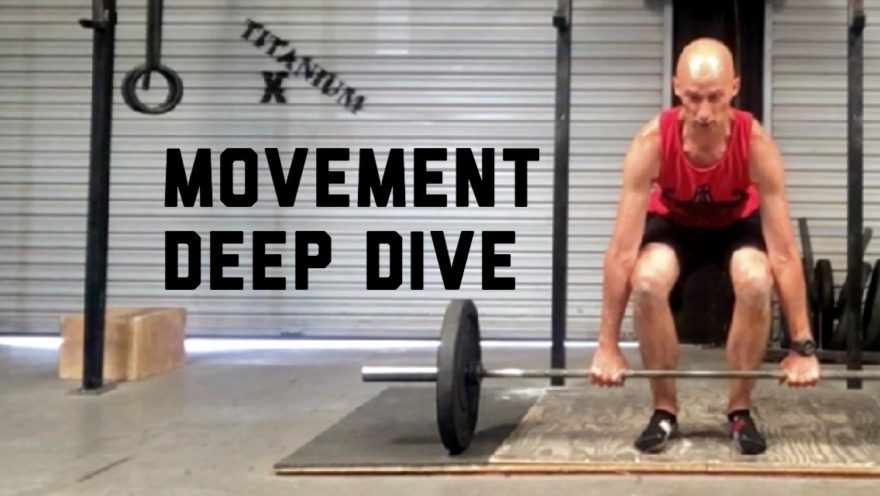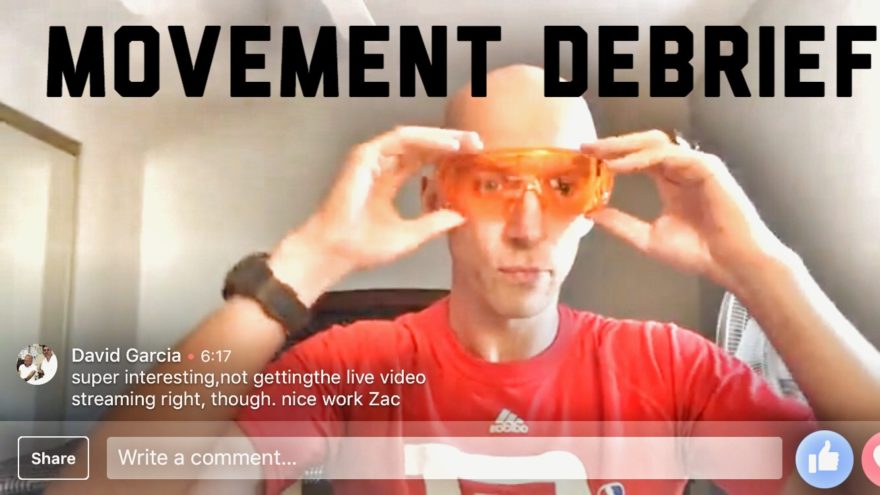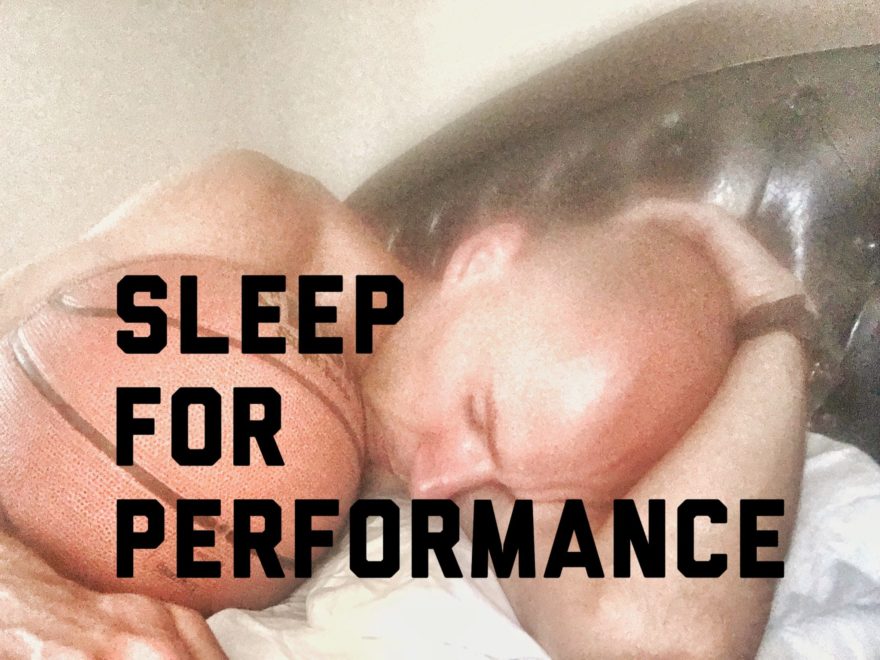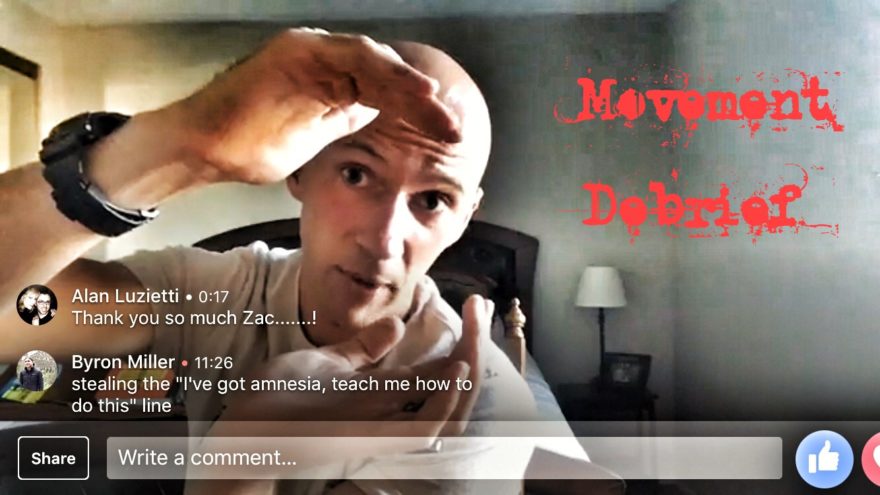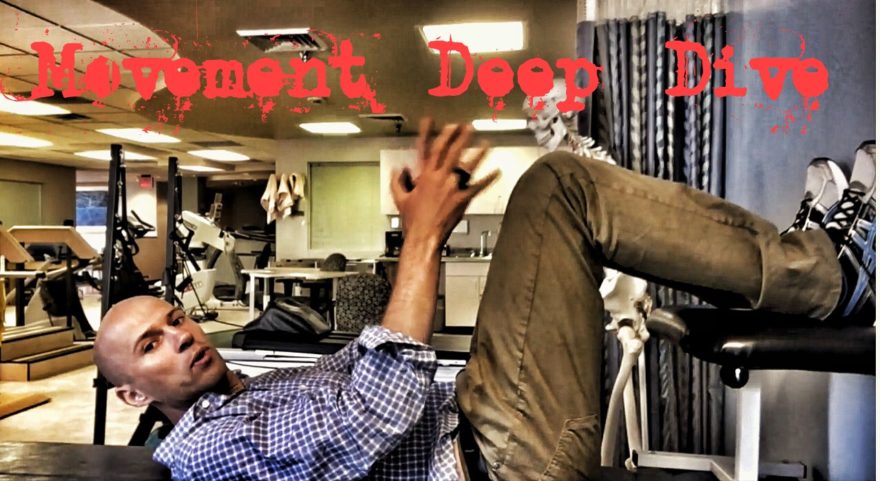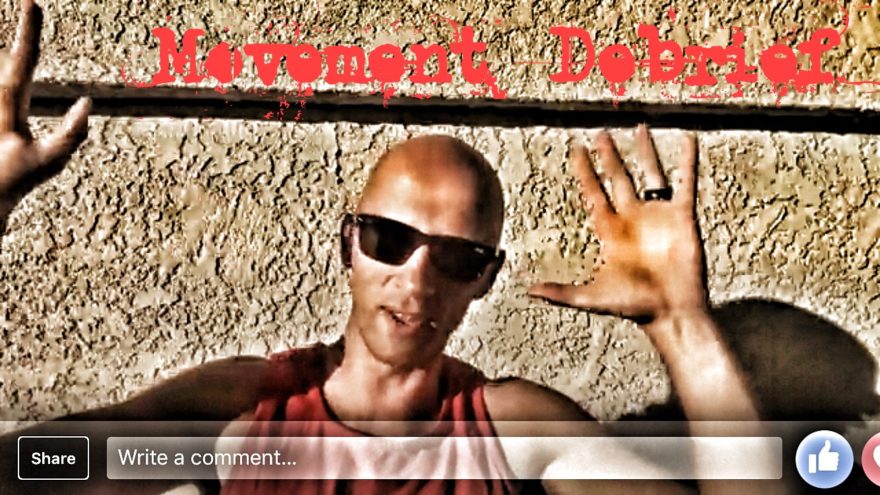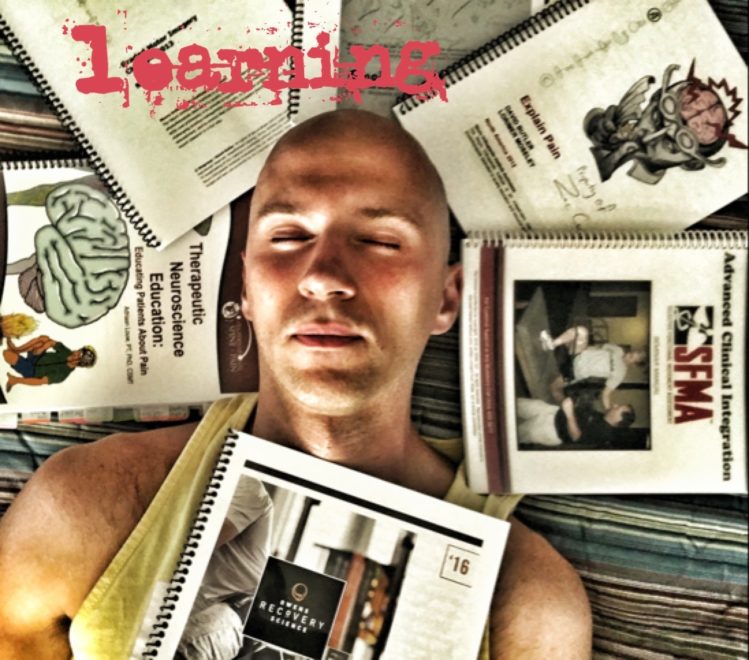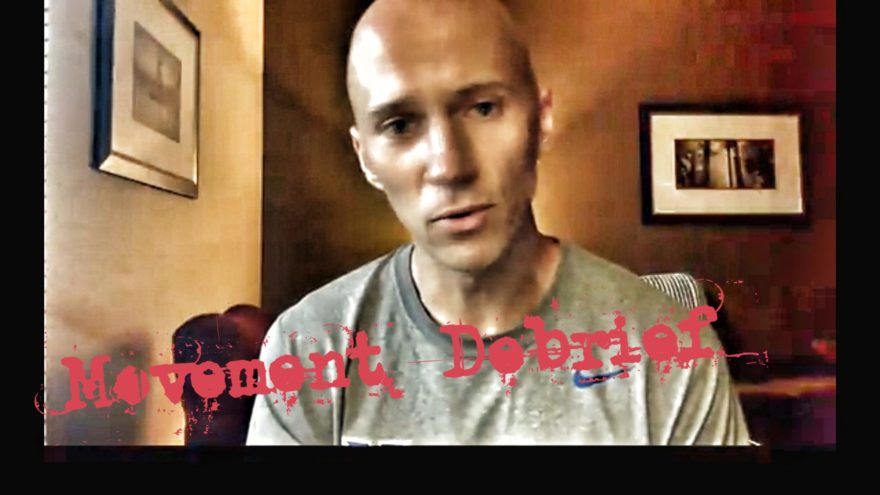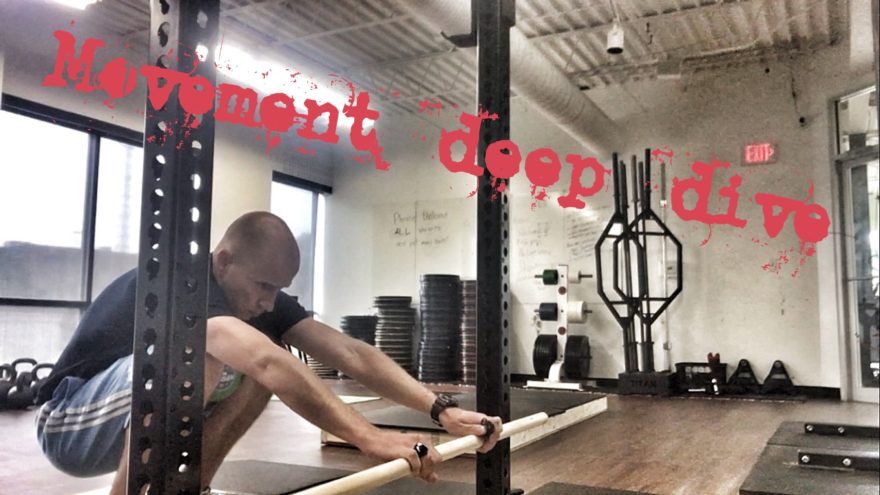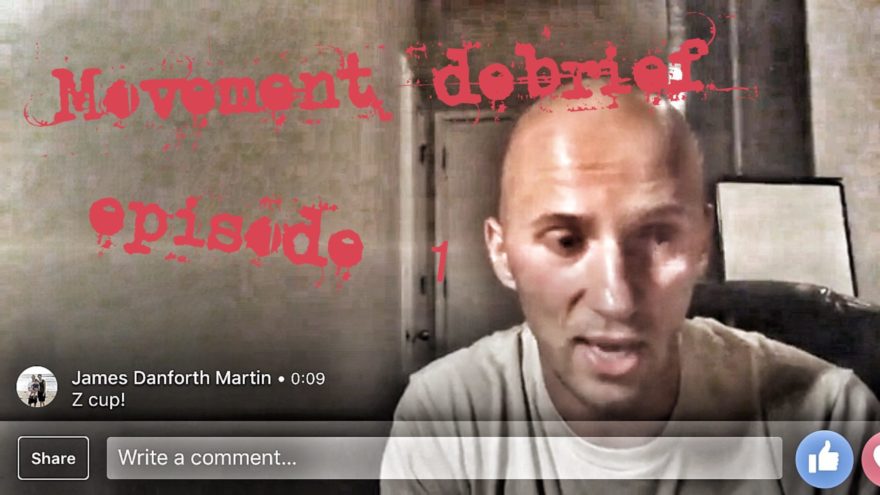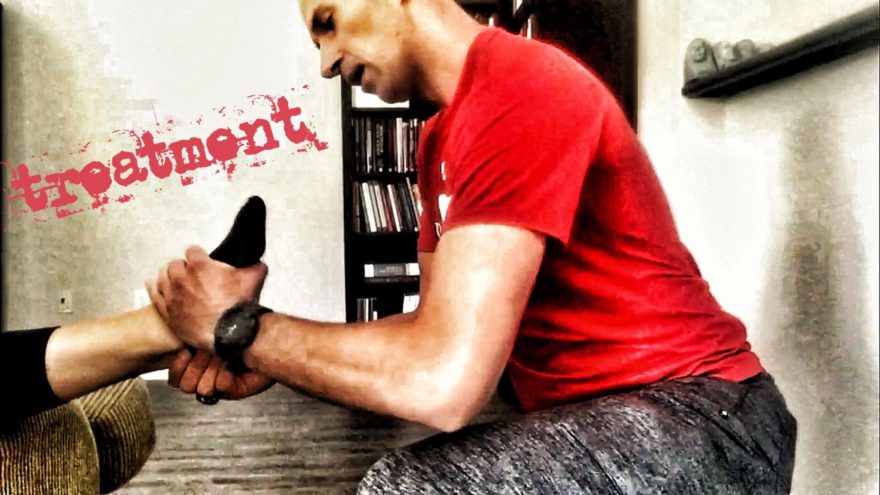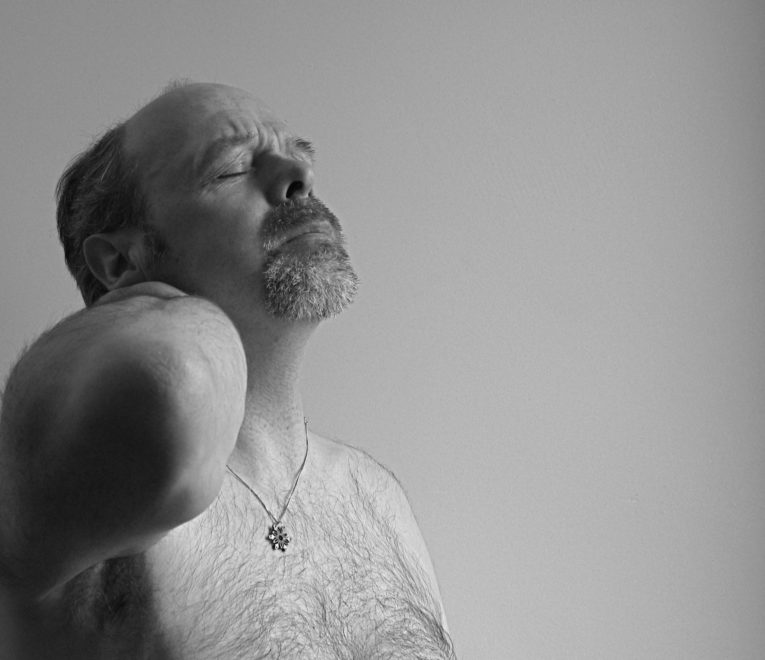Deadlift – A Total Body Workout It is hard to find a better fundamental exercise than the deadlift. A time-tested move that ought to be learned by all—whether you’re a professional athlete, bodybuilder, fitness client, or grandma with back pain. What if you don’t know how to deadlift? Or maybe you just want to get better at coaching it? You’ve come to the right place. This “Movement Deep Dive” focuses on the deadlift and all of its variants. You’ll learn why the deadlift is so important, how to do it progressing and regressing the moven, and how to fix common errors. So grab some chalk, branched chain amino acids, pen, and paper. This one’s a mother. If you can’t watch the video right away, I’ve provided a modified transcript below. I would recommend both watching the video and reading the post to get the most out of the material. Learn on!
Read More